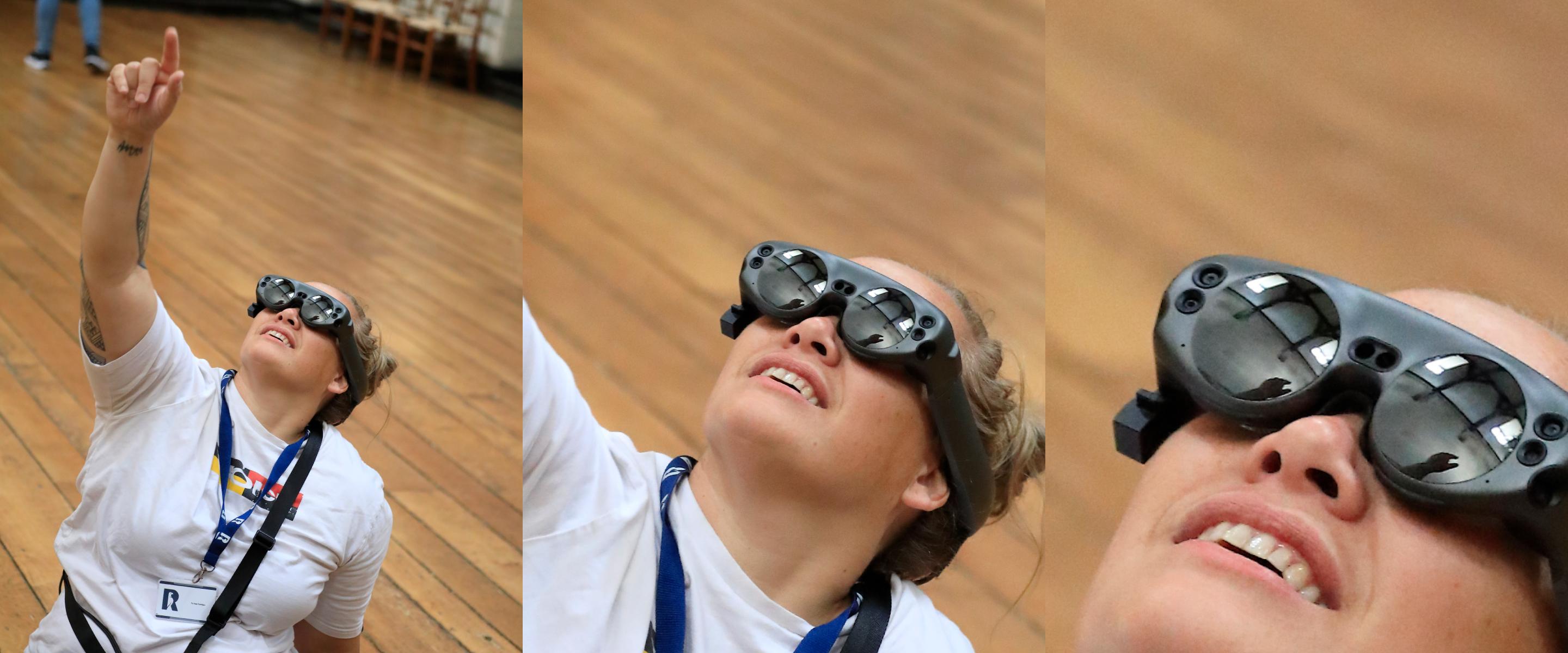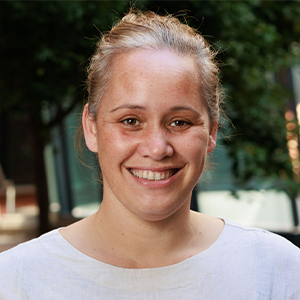By participating in a workshop in XR (Extended Reality), hosted by the Atlantic Institute, I was able to watch a virtual reality film about the need to protect the environment. "Gawi" was co-created by Atlantic Fellow Myriam Hernández and the Rarámuri, a North Mexican Indigenous community. Seeing the VR film felt like stepping into another world, not just observing, but being present with the people, the land, and the stories. It felt like a privilege to witness something so sacred and intimate.
There was a tension between presence and permission that sparked a much deeper reflection on the role of XR in Indigenous storytelling, which had me thinking about the importance of responsibility, particularly because XR can engage all human senses, creating experiences that transcend the limitations of traditional 2D media. In a world where Indigenous rights, languages, and cultures continue to be challenged, XR offers a powerful tool for resistance, revitalisation, and reconnection.
This whole experience of the 2024 was eye-opening, not only because of the technological exploration but also in how it deepened my understanding of storytelling, cultural preservation, and the power of immersive technology. I had never encountered anything on a screen that was so emotional and spiritually moving.
There was, however, an irony in that sensation. I also felt like I was also unnervingly intruding on something tapu (sacred), something I shouldn’t be seeing; however, knowing the ethical approach taken to making the film and meeting the elders involved made it safe and respectful.
We are living in a time of duality: on one hand, Indigenous communities globally are facing attempts of ongoing systemic erasure; on the other, we are witnessing a resurgence, a reclamation of language and identity. XR technology sits at the intersection of these realities. It provides a unique opportunity to not only document and preserve Indigenous knowledge but to activate it in ways that evoke empathy, understanding and transformation. Unlike conventional media, XR doesn’t just inform, it immerses. It allows users to feel the story, to walk in someone else’s shoes, to experience the rhythm of a language, the pulse of a ceremony, the breath of a landscape.
The Atlantic Institute offered the opportunity to experiment with a 360-degree camera, which meant I could explore how it could be used in a project to revitalise a language. Trialling this technology to explore the use of sacred art forms from my own culture through a 360 lens highlighted the importance of responsible and ethical production and directorship.
As we prepare to launch my project, I now know that the additional XR component will show others what our future could look like, feel like and sound like once implemented. Working with the community to explore the technology first, and then to introduce and design the ethics of making and use, is crucial. I can envision my kaumātua (elders) being deeply moved and comforted knowing that acts of cultural resurgence, of holding fast to our unique identity as Indigenous people, are not only continuing but being actively imagined and shaped for the future. XR offers a powerful way to embody that vision.
XR is not just about documenting, it’s also about activating. If guided by robust ethical frameworks and cultural protocols, XR can become a way for Indigenous futurism. It can help us imagine and build worlds that honour our past while embracing innovation. It allows us to simulate traditional practices for educational purposes, recreate historical events from Indigenous perspectives, or even design virtual spaces where people can gather across distances. It brings to "virtual reality" what we imagine, but must be done with responsibility, care and with sound ethical processes, with a foundational principle of being developed by and with Indigenous communities and not just be about Indigenous peoples.
For me, this means embedding tikanga Māori and Kaupapa Māori approaches into every stage of creation, from concept to distribution. Ultimately, however, XR is not a replacement for lived experience, but it can be a powerful complement. It can help us hold onto our practices, our stories and our languages in ways that resonate across generations. It can be a bridge between past and future, between communities, between worlds. And if we lead with integrity, creativity and care, XR can become a tool not just for preservation but also for transformation.






.png)

